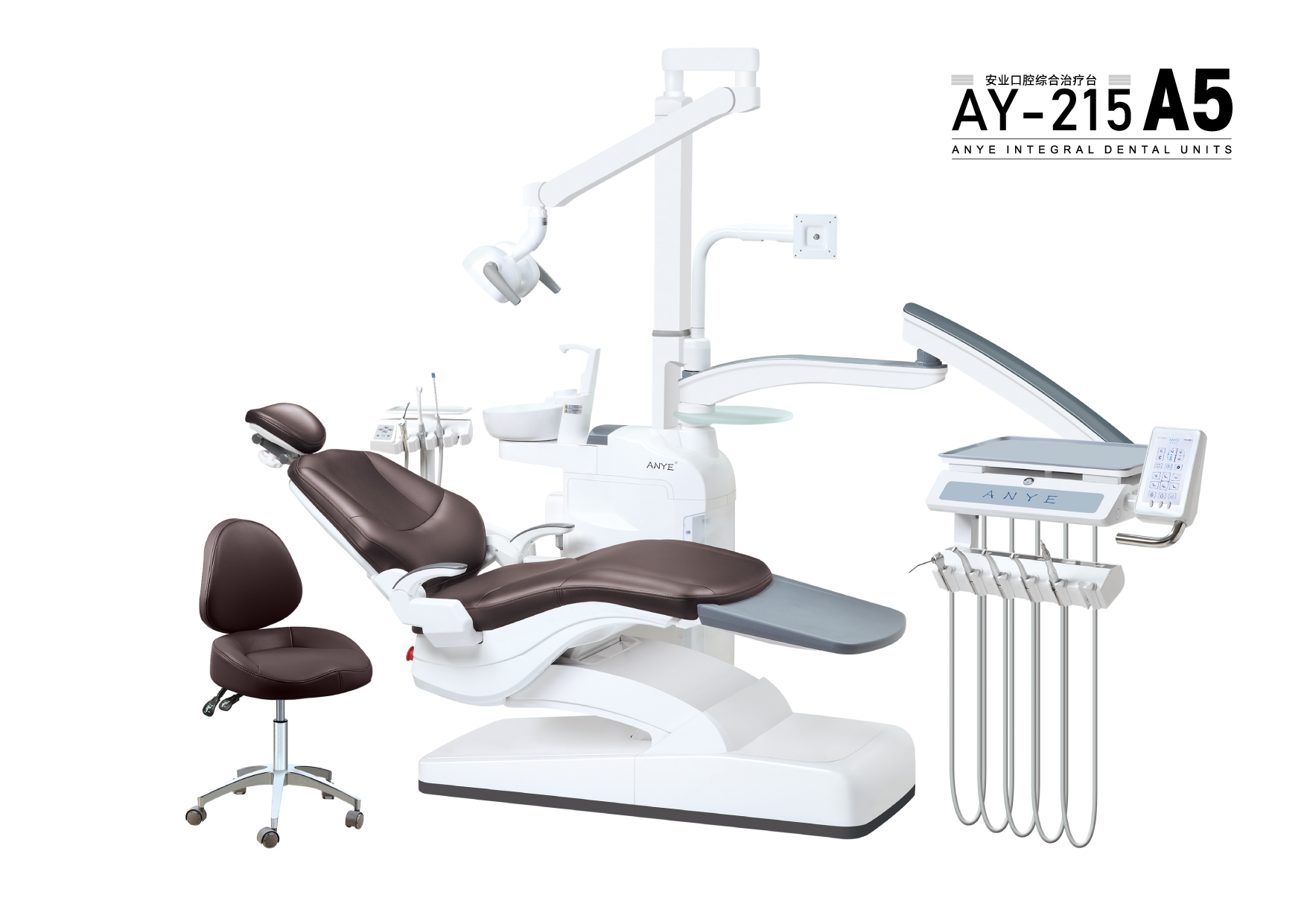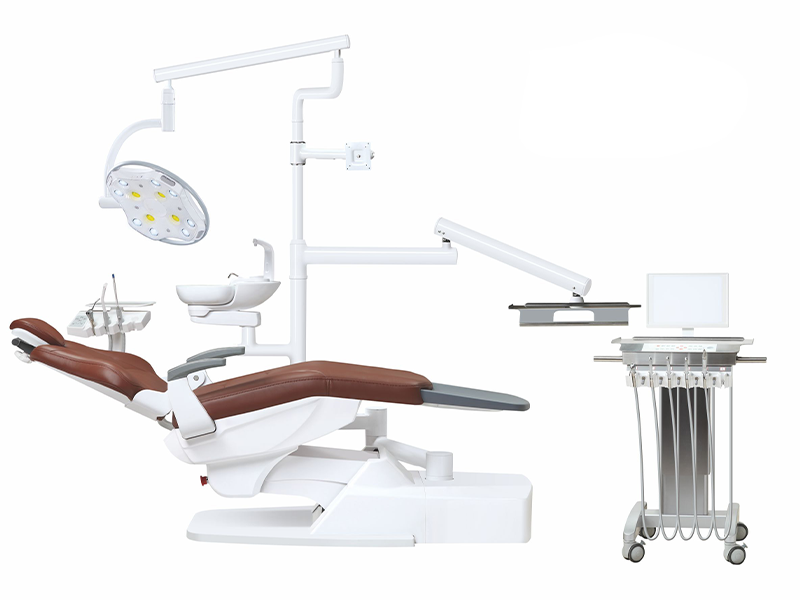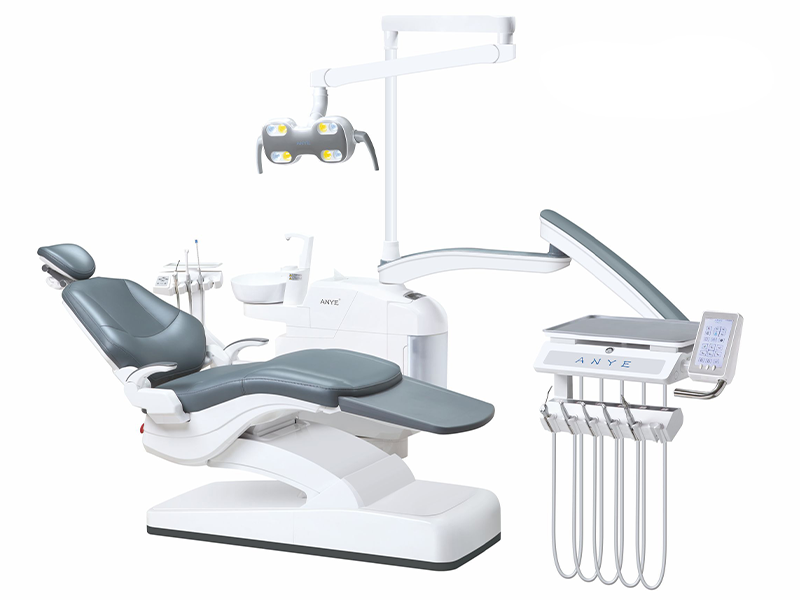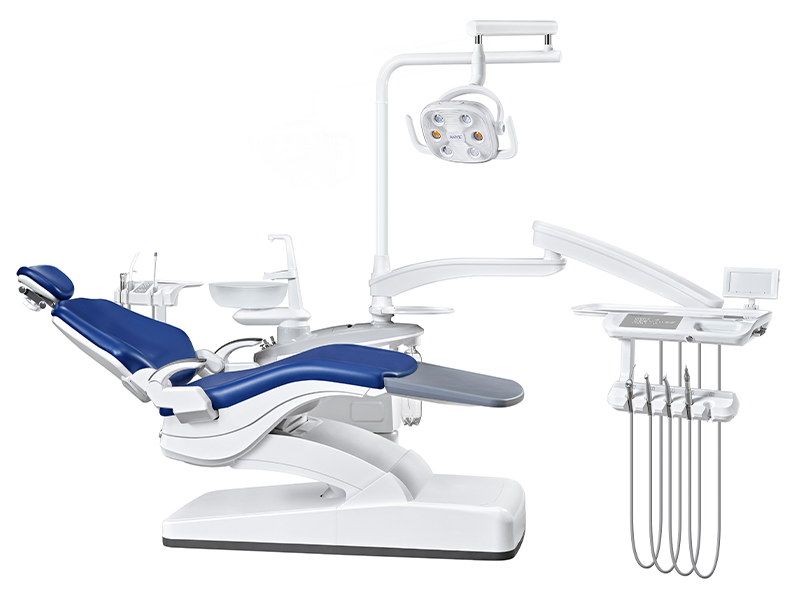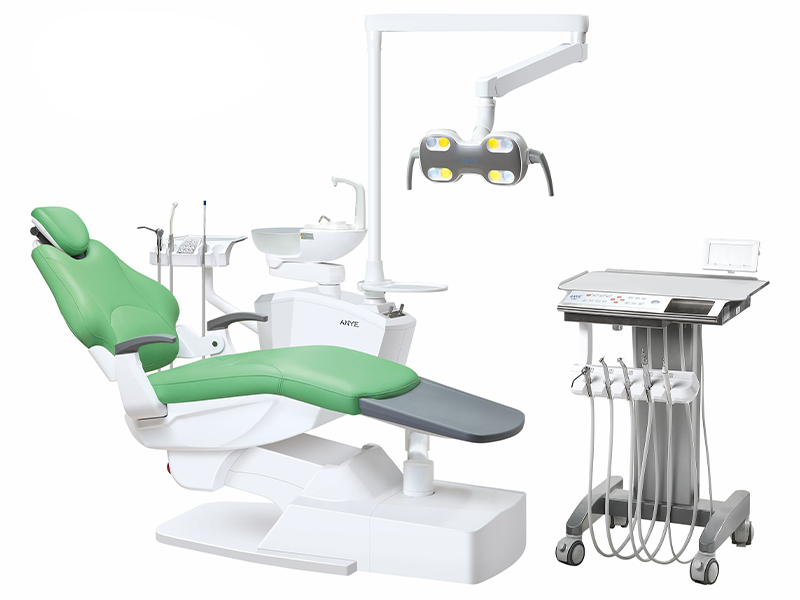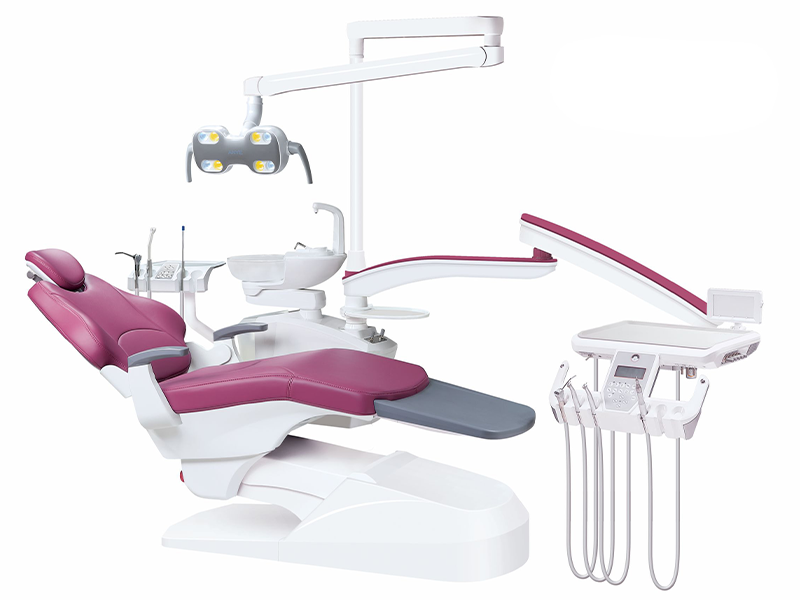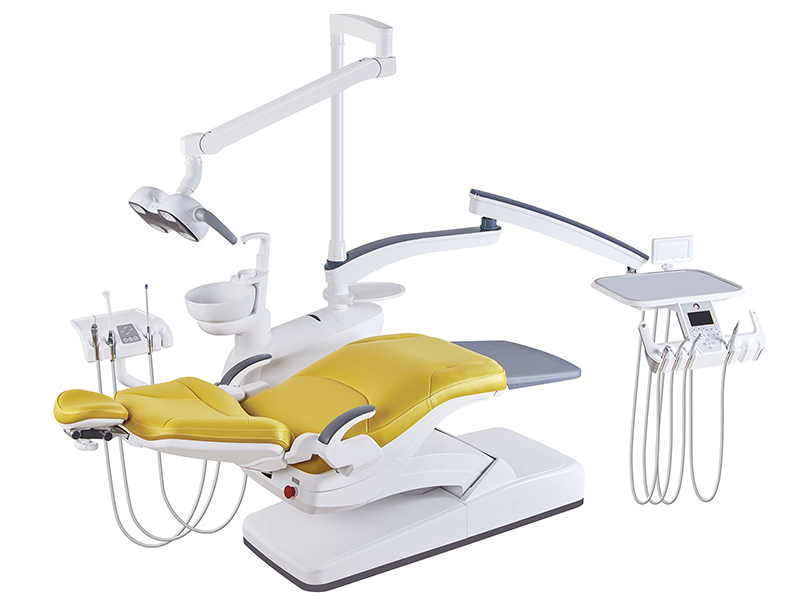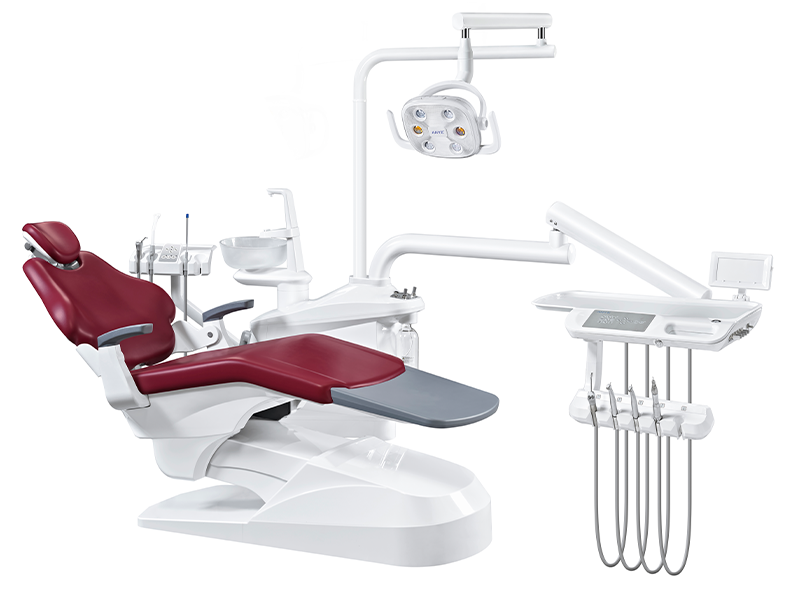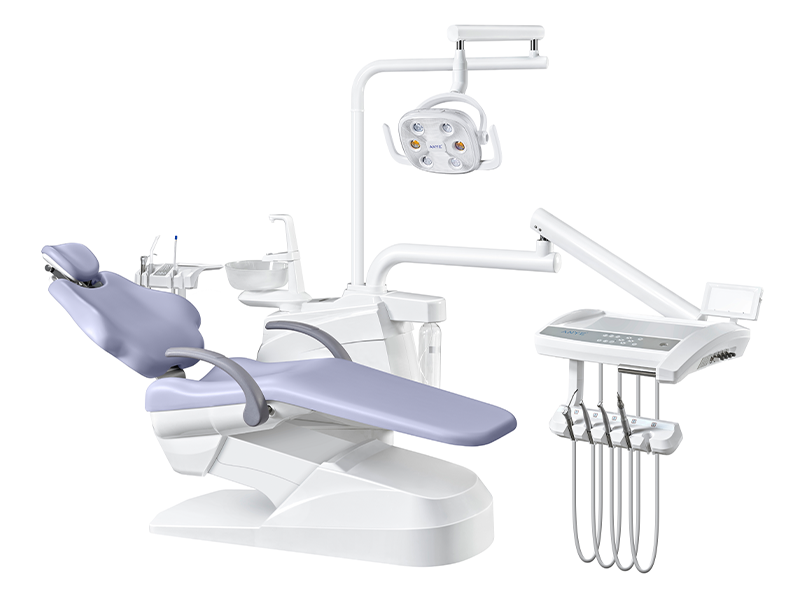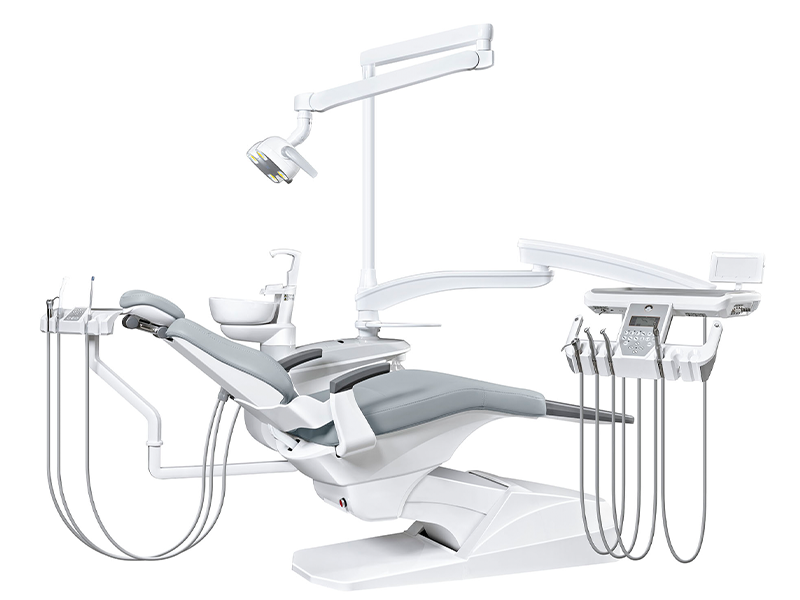Investing in a dental chair is one of the most significant financial commitments you’ll make for your practice, and it profoundly impacts both patient comfort and your workflow. Did you know that a high-quality dental chair can last over a decade? This longevity makes it essential to choose wisely.
You want a chair that not only meets your clinical needs but also enhances the overall patient experience. The right dental chair can transform your operatory into a welcoming space, allowing you to focus on what truly matters—providing excellent care.
In this guide, we’ll discuss the evolution of dental chairs, share practical tips for selecting the ideal model for your practice, and examine current pricing and maintenance considerations. By the end, you’ll be equipped with the knowledge to make an informed choice that elevates your practice and delights your patients. Are you ready to find the perfect dental chair?
Brief History of Patient Chairs in Dentistry
Dental chairs have transformed from basic wooden stools to ergonomic treatment centers, mirroring 235 years of medical progress. The journey began in 1790 when Boston dentist Josiah Flagg adapted a Windsor writing chair, adding a padded headrest and instrument tray – creating the first purpose-built dental seating focused on practitioner efficiency and patient support.
Key 19th-Century Developments
By the 1840s, cast iron bases replaced wooden frames, enabling height adjustment through screw mechanisms. The 1868 Morrison Dental Chair introduced three revolutionary features:
| Milestone | Impact |
|---|---|
| Tilting backrest (1868) | Enabled optimal patient positioning |
| Cushioned upholstery (1875) | Reduced procedure discomfort |
| Adjustable armrests (1889) | Improved accessibility for dentists |
These innovations established core design principles still used in Anye Dental's modern chairs, particularly our Multi-Position Armrest System that reduces practitioner fatigue during long procedures.
The Birth of Modern Ergonomics
John Naughton's 1958 Den-Tal-Ez J-Chair® revolutionized the field with:
- Split-back design allowing 45° patient recline
- First integrated foot controls for chair adjustments
- Weight capacity increased to 300 lbs (136 kg)
This design reduced neck strain for dentists by 62% according to 2024 ergonomic studies, a principle central to Anye Dental's PosturePerfect® line launched last year.
21st-Century Smart Integration
Today's chairs feature:
- Pressure-sensitive sensors alerting practitioners to patient discomfort
- Voice-activated positioning ("Raise headrest 20%")
- Real-time integration with digital imaging systems
Our 2025 ClinicConnect Pro chairs now incorporate AI-driven posture adjustments, automatically adapting to each dentist's working height and preferred instrument angles.
Material Advancements
Post-2020 models use:
- Antimicrobial polyurethane (99.99% germ reduction)
- Self-healing upholstery resisting needle punctures
- Sustainable bamboo composites (37% lighter than steel)
Anye Dental's EcoCare Series leads this shift, using 89% recycled materials without compromising durability – a direct response to 72% of dental practices prioritizing sustainability in equipment purchases (2024 ADA survey).
This progression from basic seating to integrated treatment hubs continues shaping dental care quality, with Anye Dental incorporating historical lessons into every contemporary design.
Essential Considerations for Choosing a Dental Chair
When selecting a dental chair, understanding the key expectations can significantly enhance both patient comfort and practitioner efficiency. This guide outlines the primary factors to consider, ensuring you make an informed choice that meets your practice's needs.
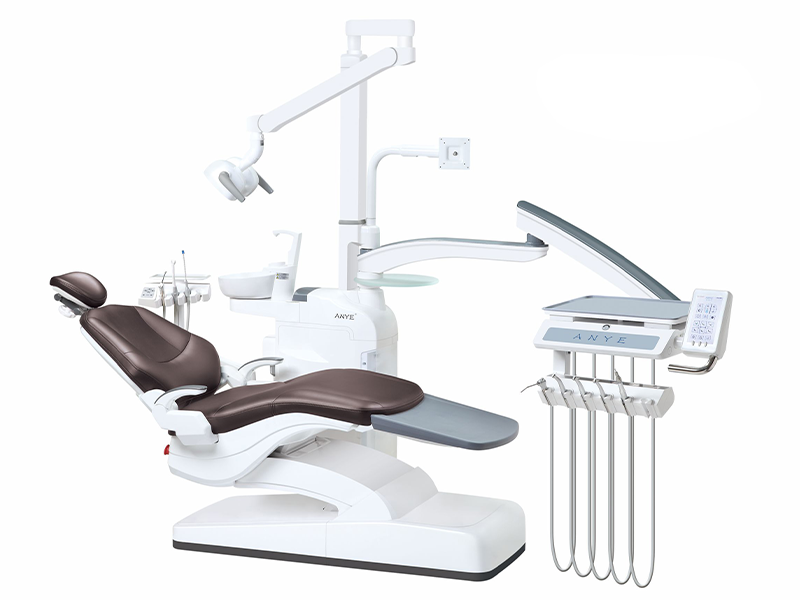
Overall Appearance and Aesthetics
The initial impression of a dental chair can greatly influence a patient's comfort level. How does the chair look at first sight? A well-designed chair should appear sturdy, modern, and inviting. For instance, Anye Dental’s AY-215 A5 offers a variety of customizable finishes, including nine powder-coat paint colors and Ultraleather® upholstery in 18 colors. These options allow practices to align the chair's appearance with their office decor, creating a welcoming environment for patients.
Upholstery Quality and Customization
Upholstery is crucial for both comfort and aesthetics. The Anye Dental AY-215 A5 chair features high-quality Ultraleather® as standard, which is not only durable but also soft to the touch. Customization options, such as dual-color stitching and chrome accents, allow practices to tailor the chair's look to their specific style. This attention to detail can enhance the overall patient experience.
Build Quality and Stability
A dental chair must be built to last. High-quality materials like heavy metals and pressure-formed plastics are essential for durability. When assessing stability, consider how the chair performs when empty and occupied. It should remain steady on a solid floor without excessive movement. Anye Dental’s chairs feature cast aluminum bases that provide excellent stability while being rust and corrosion-resistant.
Speed of Movement and Range of Motion
The speed and smoothness of movement in a dental chair are vital for efficient patient management. Different specialties may require various speeds; for example, oral surgeons often prefer slower movements for patient safety during recovery from anesthesia. Conversely, general dentists may benefit from quicker adjustments to optimize patient flow. Anye Dental’s AirGlide system allows for easy maneuverability, making it ideal for practices with diverse patient needs.
User-Friendly Controls
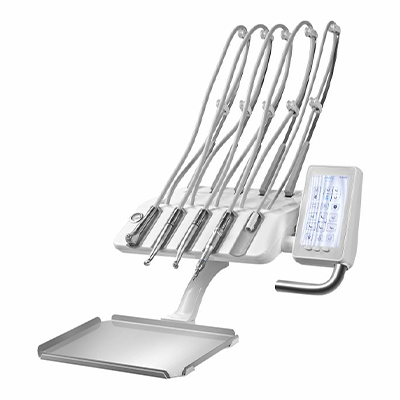
Accessibility of controls is critical for efficient operation throughout the day. Dentists should evaluate how many control panels are available and their locations around the chair. Anye Dental offers four programmable presets that can be mounted in various locations, including foot controls for added convenience. This flexibility ensures that practitioners can adjust settings quickly without disrupting their workflow.
Comfort Features: Double-Articulating Headrest
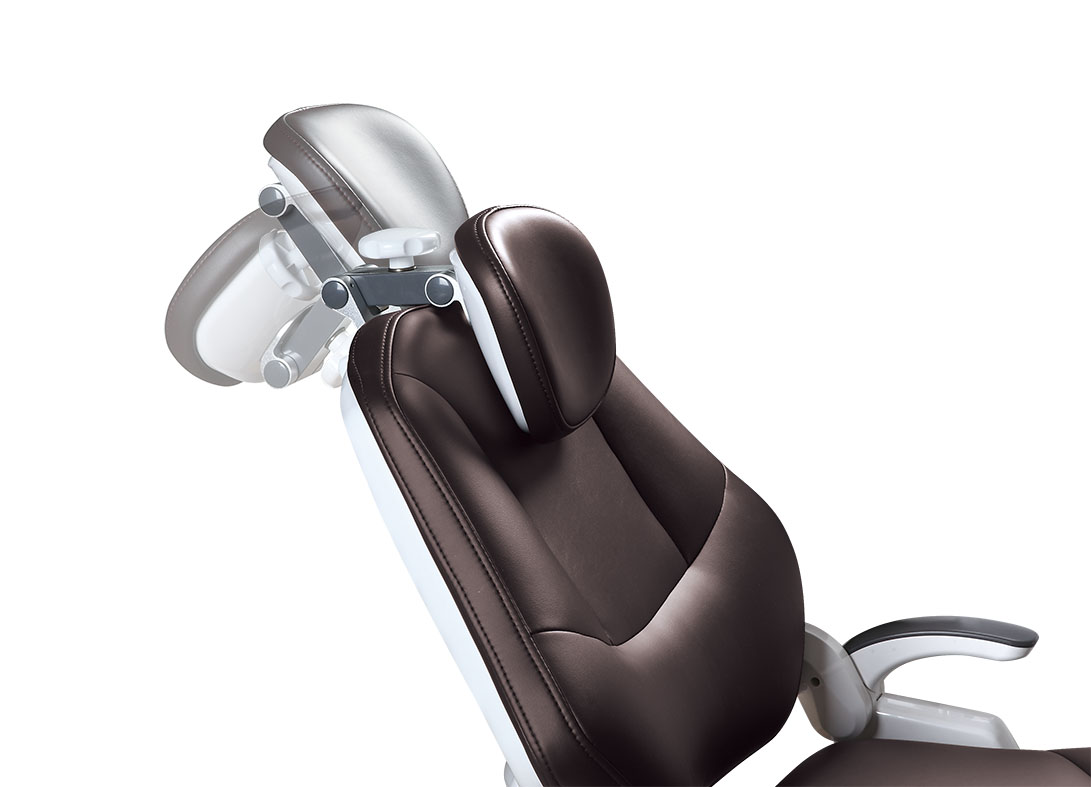
Patient comfort is paramount during treatment, particularly concerning neck support. A double-articulating headrest allows dentists to position the headrest optimally for each patient while accommodating various treatment angles. Anye Dental’s headrests are designed for smooth movement and easy adjustment, catering to patients of all sizes and ensuring minimal discomfort during procedures.
Armrests: Functionality Meets Comfort
Armrests should provide sturdy support while being easy to move out of the way for patient entry and exit. Anye Dental’s armrests are constructed from durable materials that swing down easily, allowing patients to get in and out of the chair without obstruction.
Standard Features and Configuration Options
Understanding what comes standard with a dental chair versus what requires an upgrade is essential for making informed decisions. Dentists should consider where equipment is mounted—whether on the chair or nearby cabinets—to ensure quick access during procedures.
Overall Comfort Assessment
Before making a purchase, dentists should personally assess the chair's comfort by sitting in it themselves. This firsthand experience allows practitioners to gauge how well it supports different body areas, ensuring patients feel relaxed during treatment sessions.
Additional Considerations
Here are some additional aspects dentists often want to know about:
- Weight Capacity: Ensure the chair can comfortably support all patients.
- Cleaning Ease: Verify that surfaces can be easily cleaned with standard dental office cleaners.
- Material Quality: Look for premium materials that enhance comfort and durability.
- Manufacturer Reputation: Research warranty offerings and customer service quality.
By focusing on these essential expectations when selecting a dental chair, practitioners can enhance both patient satisfaction and their operational efficiency within their dental practice.
Dentist's Guide to Evaluating a Dental Chair
When Choosing the Best Dental Chair, it is crucial to perform a comprehensive evaluation to ensure it meets both ergonomic and functional needs. This guide provides essential steps for dentists during the assessment process.
Visual and Physical Inspection
Start with a thorough visual assessment of the dental chair. Evaluate its overall design, sturdiness, and the quality of materials used in construction. Engage physically by sitting in the chair to determine comfort across various positions, focusing on the upholstery's supportiveness.
Functional Testing
Next, have an assistant operate the chair's controls while you observe. Assess how smoothly the chair reclines and adjusts in height; note any jerky movements or unusual noises that may indicate mechanical issues. Test stability by raising the chair to its maximum height and gently rocking it to check for excessive movement.
Accessibility and Ergonomics
Evaluate accessibility to the patient's oral cavity from multiple angles. While seated on your dental stool, ensure you can maneuver comfortably around the chair, allowing for optimal positioning of your knees, hips, wrists, and neck. If you work with an assistant, consider their access to tools and controls during procedures.
Adjustability Features
Pay attention to how easily the headrest and armrests can be adjusted. The headrest should be simple to manipulate, even when a patient is seated, while armrests must allow for quick adjustments without obstructing access. Repeat these tests several times to confirm consistent performance.
Durability and Maintenance Considerations
Inquire about the chair's longevity and maintenance demands. A well-constructed dental chair should require minimal upkeep while delivering reliable performance over time. Ask about warranty options and available service support from the manufacturer.
By following this guide, dentists can make informed decisions when choosing a dental chair that enhances patient comfort and supports their own ergonomic needs during procedures. This careful evaluation will lead to improved practice efficiency and patient satisfaction through 2025 and beyond.
Dental Chair Parts and Maintenance
Proper dental chair upkeep ensures patient safety, extends equipment lifespan, and maintains clinical efficiency. These seven essential practices combine routine care with professional insights to keep treatment stations functioning optimally through 2025.
Core Components of Modern Dental Chairs
Three primary systems require regular attention:
Patient Positioning System
- Contoured seat cushions with antimicrobial upholstery
- Adjustable headrests with secure locking mechanisms
- Articulating armrests with weight capacity indicators
Clinical Instrumentation Network
| Component | Maintenance Frequency | Key Consideration |
|---|---|---|
| Handpiece connectors | Daily | Sterilization cycle compatibility |
| Suction valves | Weekly | Pressure consistency checks |
| Waterline filters | Monthly | NSF/ANSI 53 certification |
Control Interface Hub
- Touchscreen calibration every 90 days
- Emergency stop functionality tests
- Software updates validated for medical devices
Daily Operational Maintenance
-
Pre-clinic startup checks
- Test all chair movements through full range
- Verify instrument tray temperature settings
- Confirm emergency lowering function
-
Surface decontamination protocol
- Use EPA List K-approved disinfectants
- Wipe control surfaces with static-free cloths
- Inspect upholstery for fluid breaches
-
Post-procedure sanitation
- Flush waterlines for 30 seconds between patients
- Empty and disinfect suction traps
- Document maintenance in digital logs
Scheduled Preventive Maintenance
Weekly Tasks
- Lubricate hydraulic fittings with medical-grade silicone
- Test backup battery systems
- Clean air intake vents
Quarterly Professional Service
Anye Dental-certified technicians recommend:
- Bearing replacement in articulating joints
- Software diagnostics for motor controllers
- Compliance testing with ISO 7494-1 standards
Troubleshooting Common Issues
| Symptom | Immediate Action | Required Repair |
|---|---|---|
| Erratic movement | Check floor lock engagement | Motor encoder recalibration |
| Fluid leaks | Isolate supply lines | O-ring replacement kit |
| Instrument lag | Restart control module | Software patch installation |
Lifecycle Management Strategy
Replacement Timeline
- Cushioning: 3-5 years
- Hydraulic pumps: 7-10 years
- Control systems: 10+ years with firmware updates
Implement Anye Dental's predictive maintenance program using IoT sensors to monitor:
- Bearing wear patterns
- Fluid line pressure drops
- Electrical load fluctuations
This comprehensive approach reduces equipment downtime by 43% compared to reactive maintenance models, according to 2025 dental equipment reliability studies.
Understanding Dental Chair Costs
Dental chair prices can vary significantly, ranging from a few hundred dollars for used or refurbished models to over $20,000 for high-end, brand-new chairs. The initial investment in a dental chair is crucial, as it impacts both patient comfort and the overall efficiency of dental practices. Basic new chairs typically cost between $2,000 and $5,000 and often compromise on features and comfort. These lower-end options may lead to higher long-term costs due to frequent repairs or replacements.
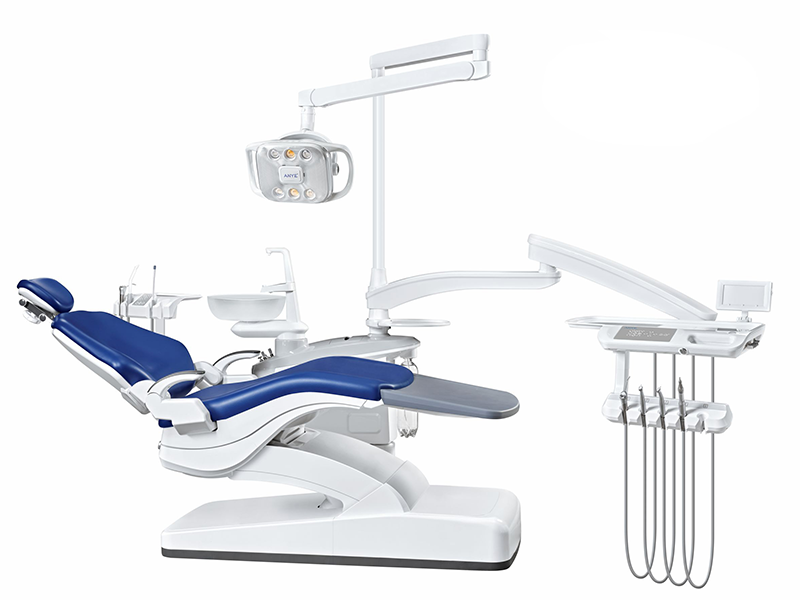
Reputable manufacturers generally price their chairs between $8,000 and $17,000. For instance, Anye Dental offers models like the AY-215 B1, priced at $8,000 to $10,000. These chairs emphasize essential features such as patient comfort, durability, and robust customer support. Investing in a quality chair not only enhances patient experience but also ensures longevity and reliability in a dental practice.
Factors Influencing Dental Chair Prices
When considering dental chair costs, several factors come into play:
- Brand Reputation: Established brands like A-dec, Belmont, and Sirona often command higher prices due to their proven quality and reliability.
- Features and Technology: Modern dental chairs come equipped with advanced features such as ergonomic designs, integrated delivery systems, and adjustable settings. These enhancements can significantly influence the cost.
- Materials and Build Quality: The choice of materials affects both the durability and price of the chair. High-grade upholstery and sturdy metals contribute to a longer lifespan.
- Comfort and Adjustability: Chairs designed with multiple adjustment options and comfort-enhancing features typically fall into higher price brackets.
- Warranty and Support: Extended warranties and comprehensive customer service can add to the overall cost but provide peace of mind for long-term investments.
Understanding these factors can help dental professionals make informed decisions when selecting chairs that meet their specific needs while balancing budget constraints.
Long-Term Cost Considerations
While the initial cost of a dental chair is important, evaluating the total cost of ownership is equally crucial. This includes maintenance expenses, potential repairs, and the frequency of replacements. Lower-priced chairs may save money upfront but could incur higher costs over time due to their need for repairs or early replacement. A durable chair made from quality materials can ultimately offer better value by minimizing these ongoing expenses.
Investing in ergonomic designs not only enhances patient comfort but also improves practitioner efficiency. A well-designed chair can streamline procedures, allowing dentists to see more patients without compromising care quality. Therefore, while it’s tempting to opt for cheaper models, a thoughtful investment in a high-quality dental chair can yield significant long-term benefits for dental practices.
Conclusion
As you navigate the journey of purchasing dental chairs, we understand the challenges you may face in finding the perfect fit for your practice. Did you know that investing in high-quality dental chairs can enhance patient comfort and increase satisfaction by up to 30%? We promise that with the right information and support, you can make a confident choice.
This guide has covered essential factors to consider, from ergonomics to durability, ensuring you have the insights needed for a successful purchase. If you still have questions or want to learn more about Anye Dental’s AY215 A and B dental chairs, our knowledgeable representatives are eager to assist you.
Are you ready to elevate your practice with the right dental chair? Reach out today and take the next step toward enhancing your patient experience!

